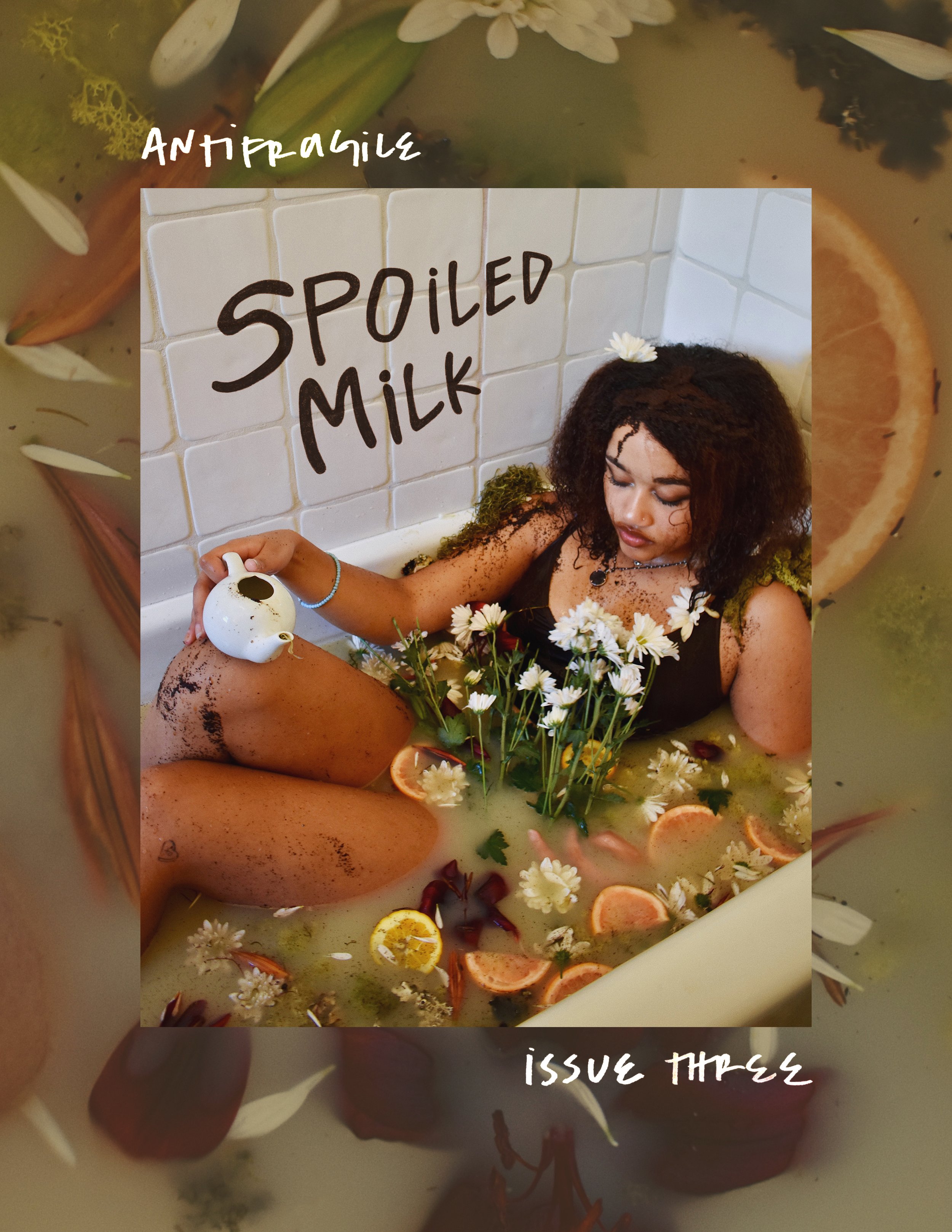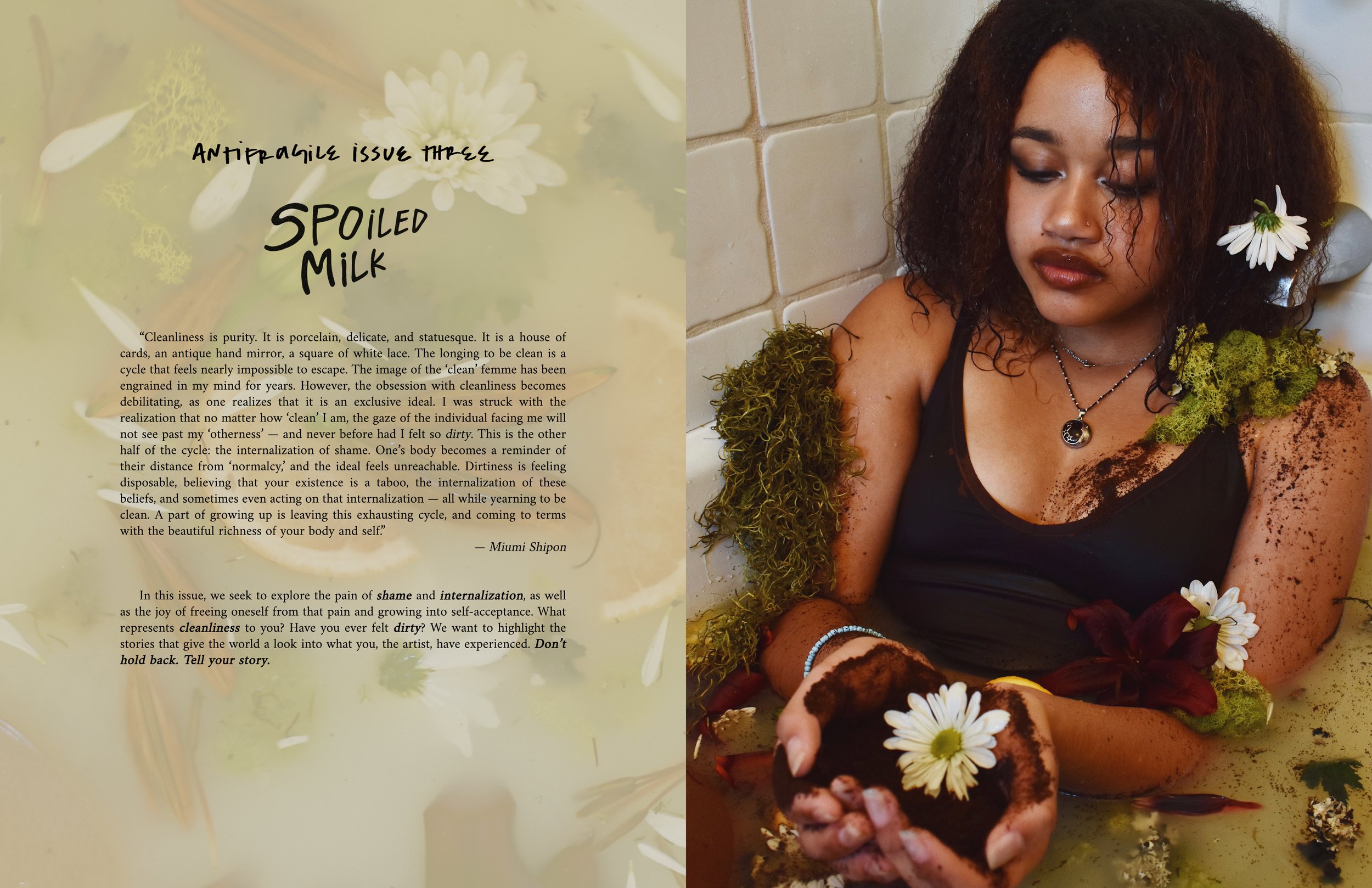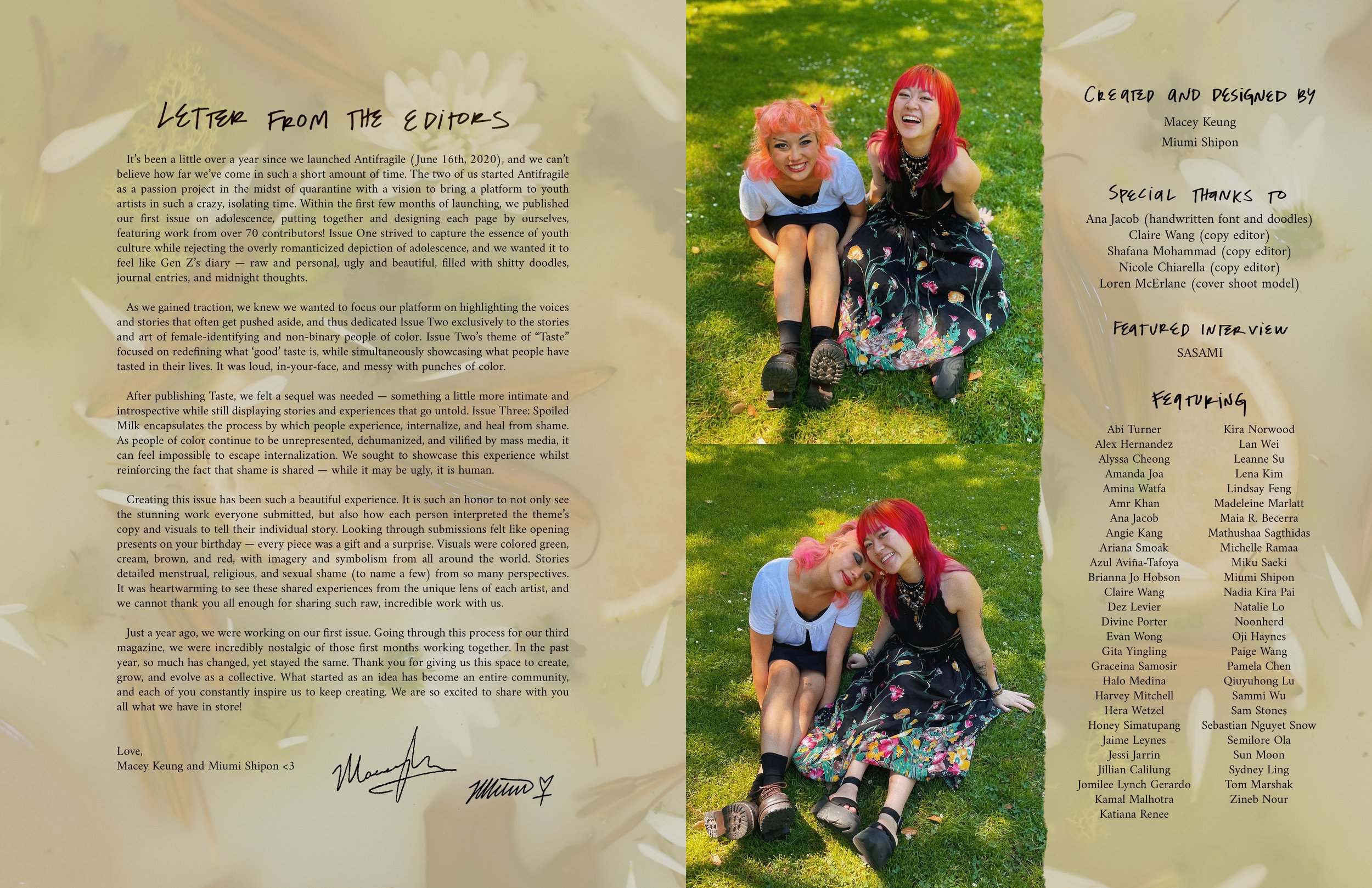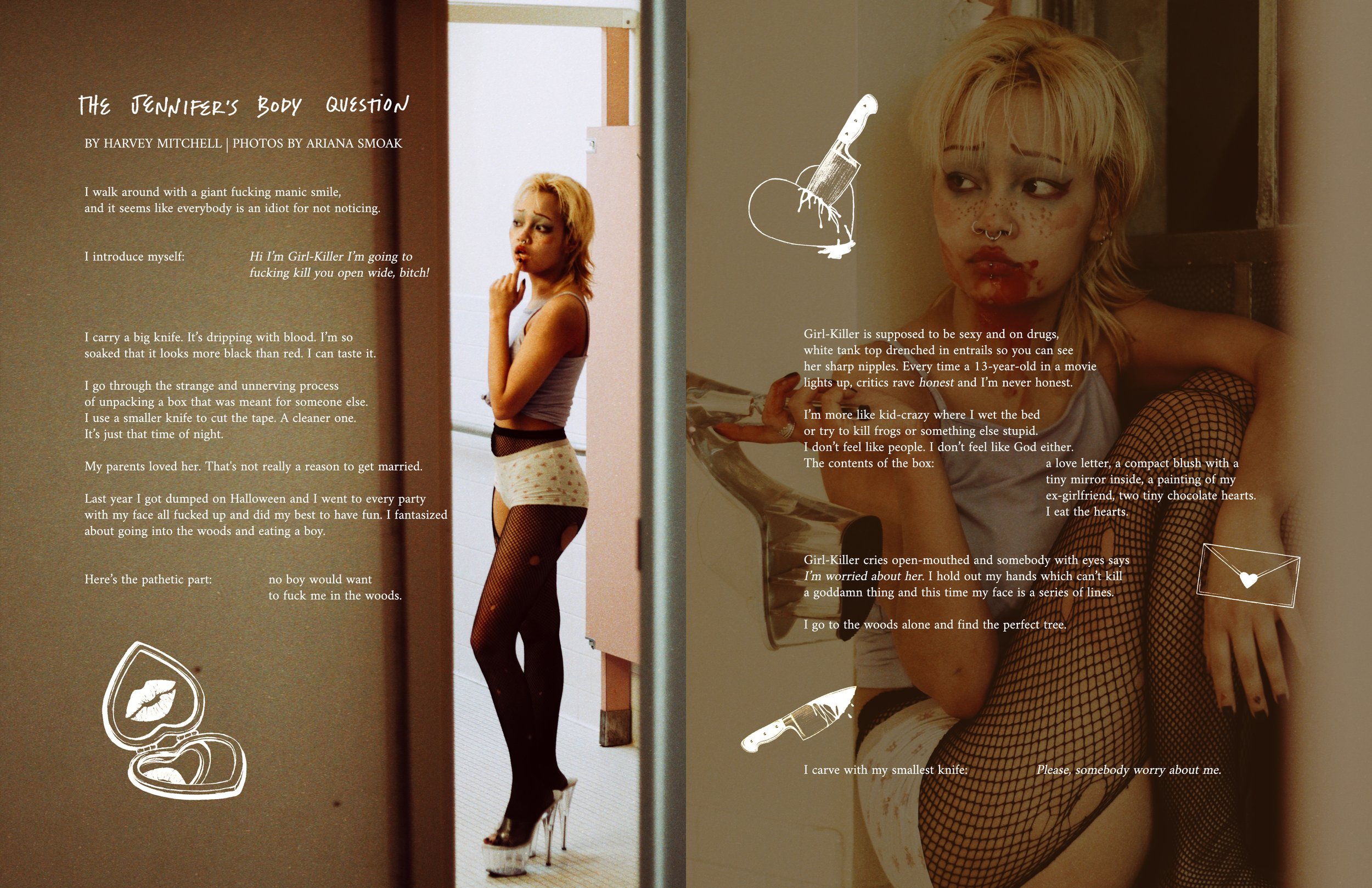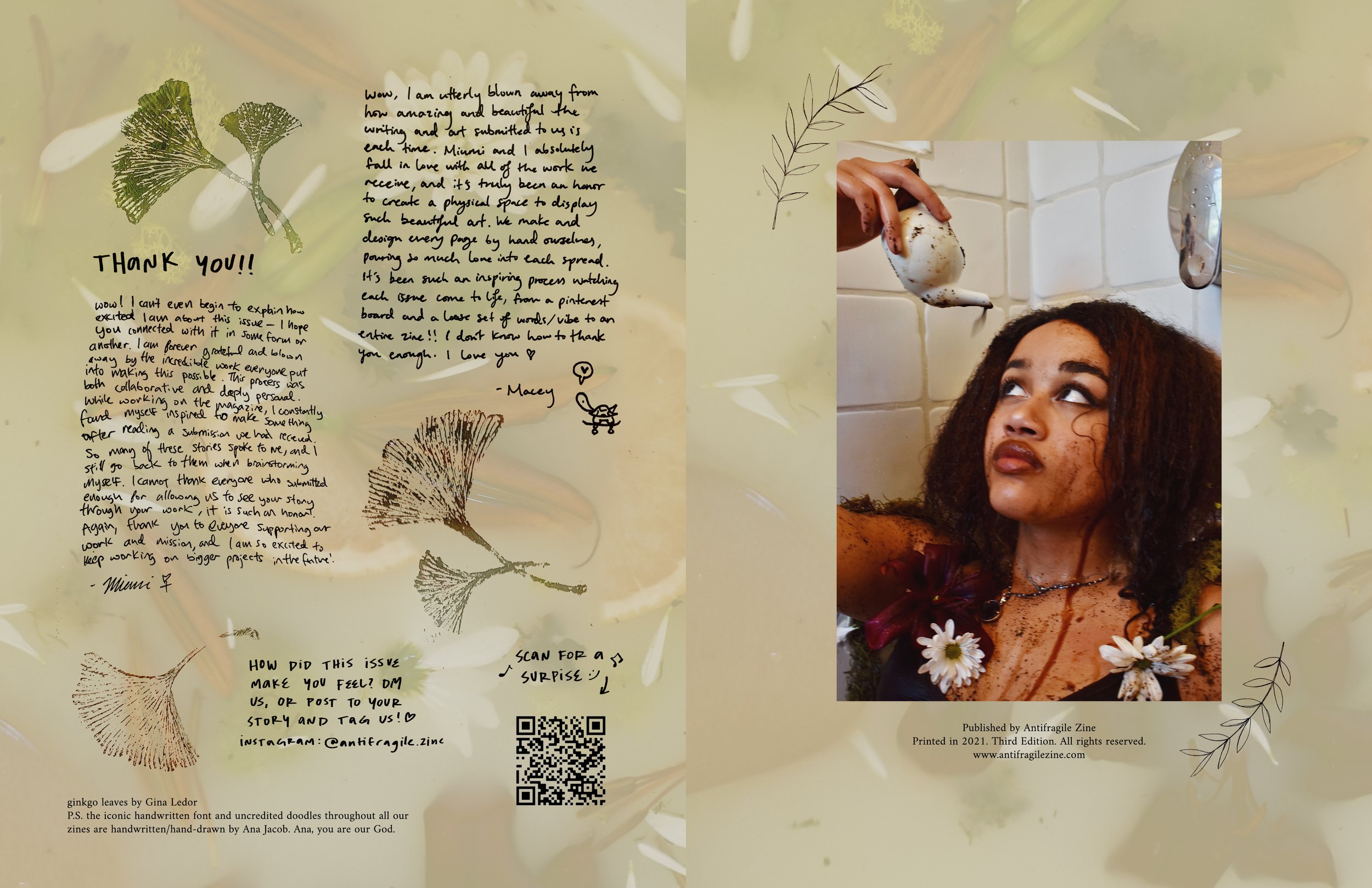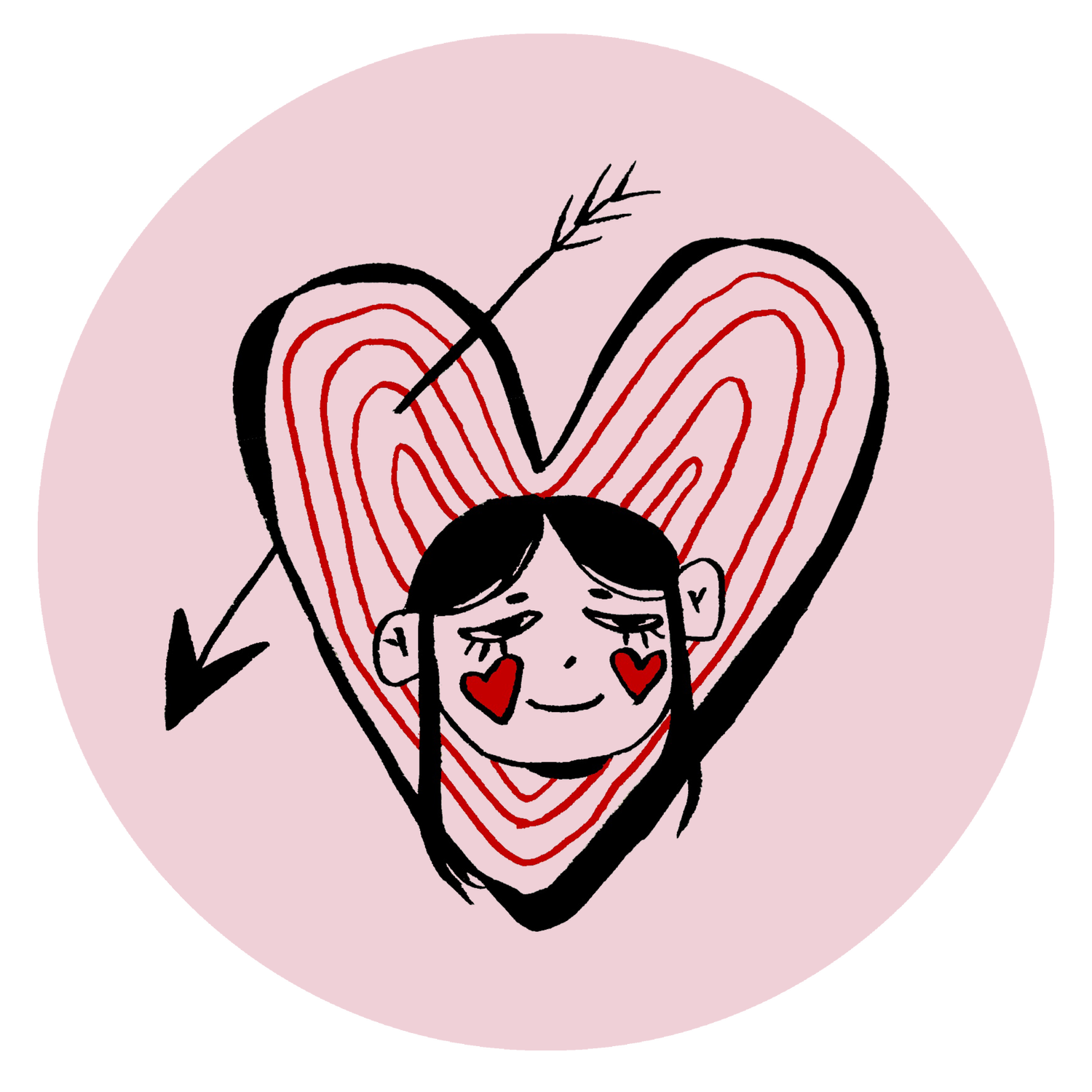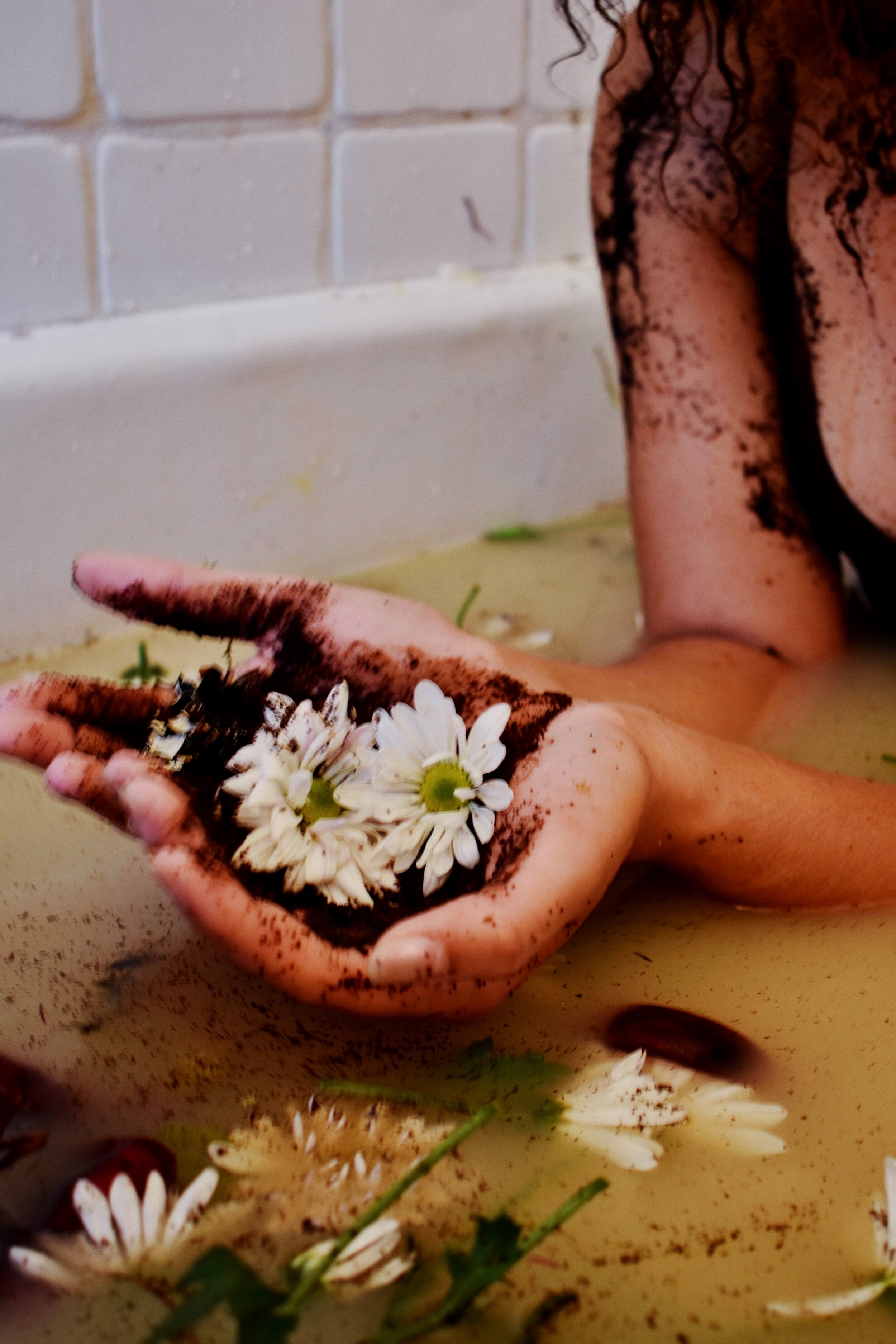
issue three looks like…
printed, 8.5 x 11 inches
90+ pages of writing, poetry, photography, artwork, and more!
over 55 contributors from across the world!
featured interview with SASAMI
about the cycle of shame and internalization felt by BIPOC in the context of cleanliness and dirtiness!
20% of proceeds will be donated to the Trans Housing Coalition Fund
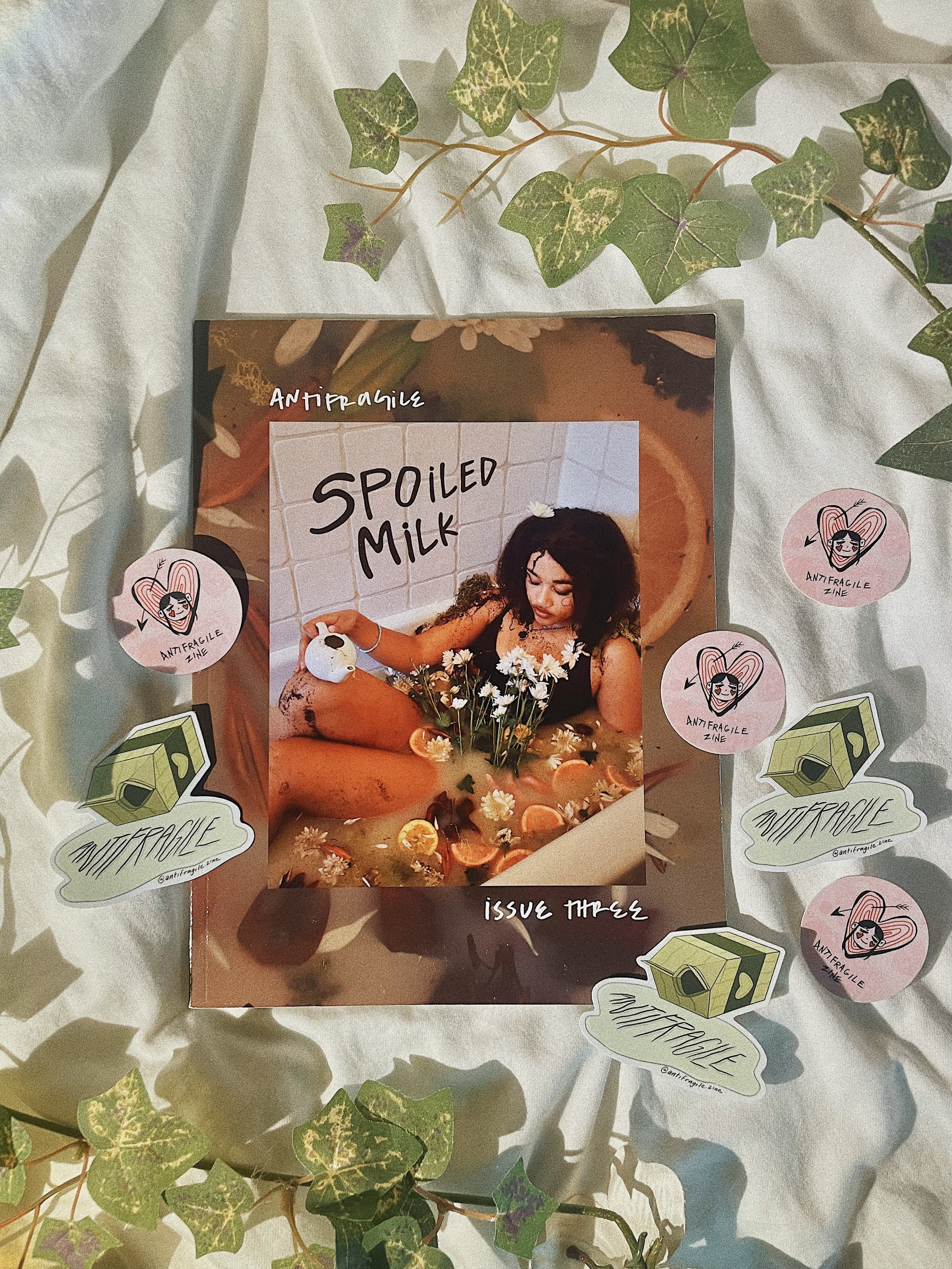

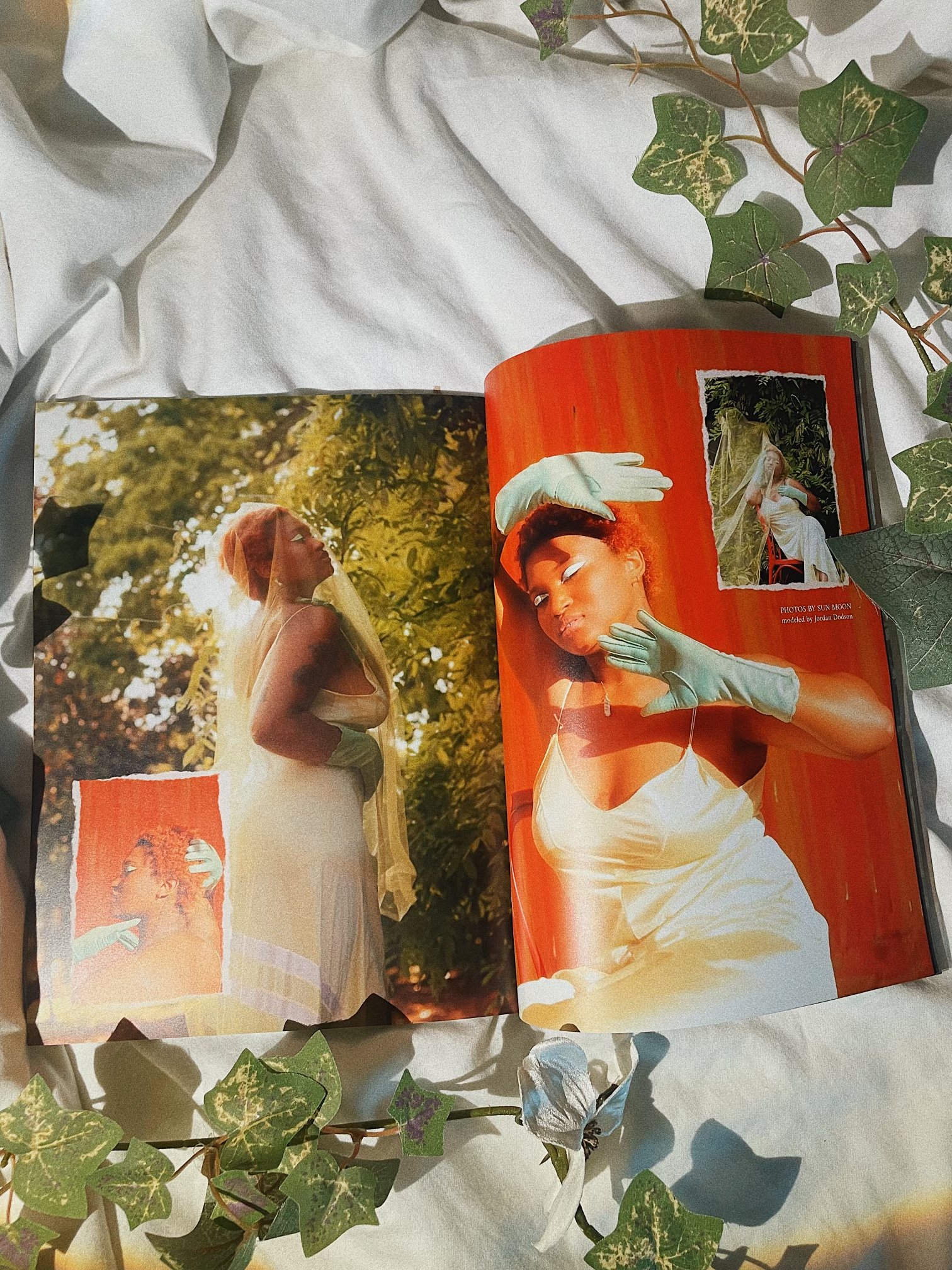
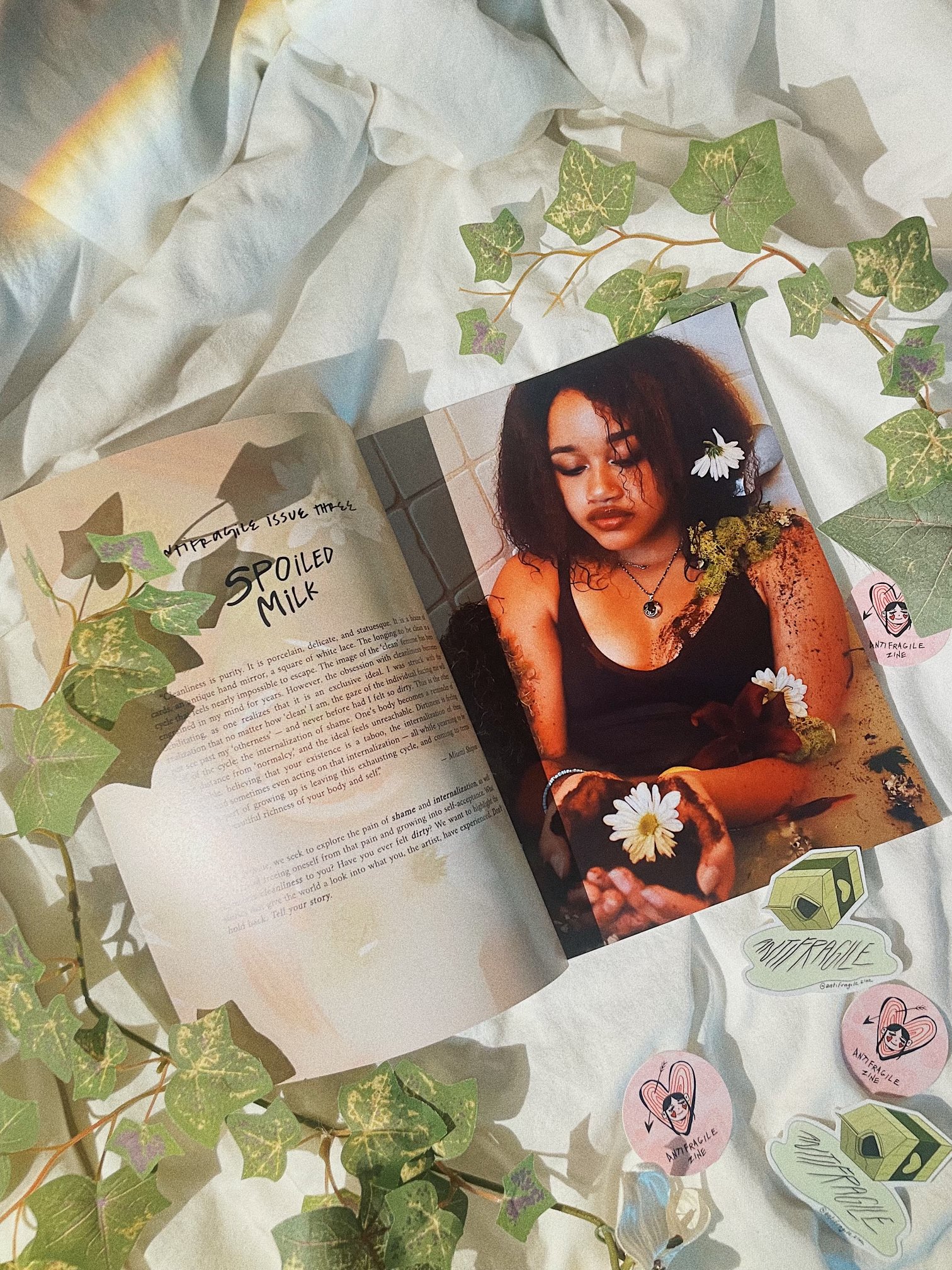
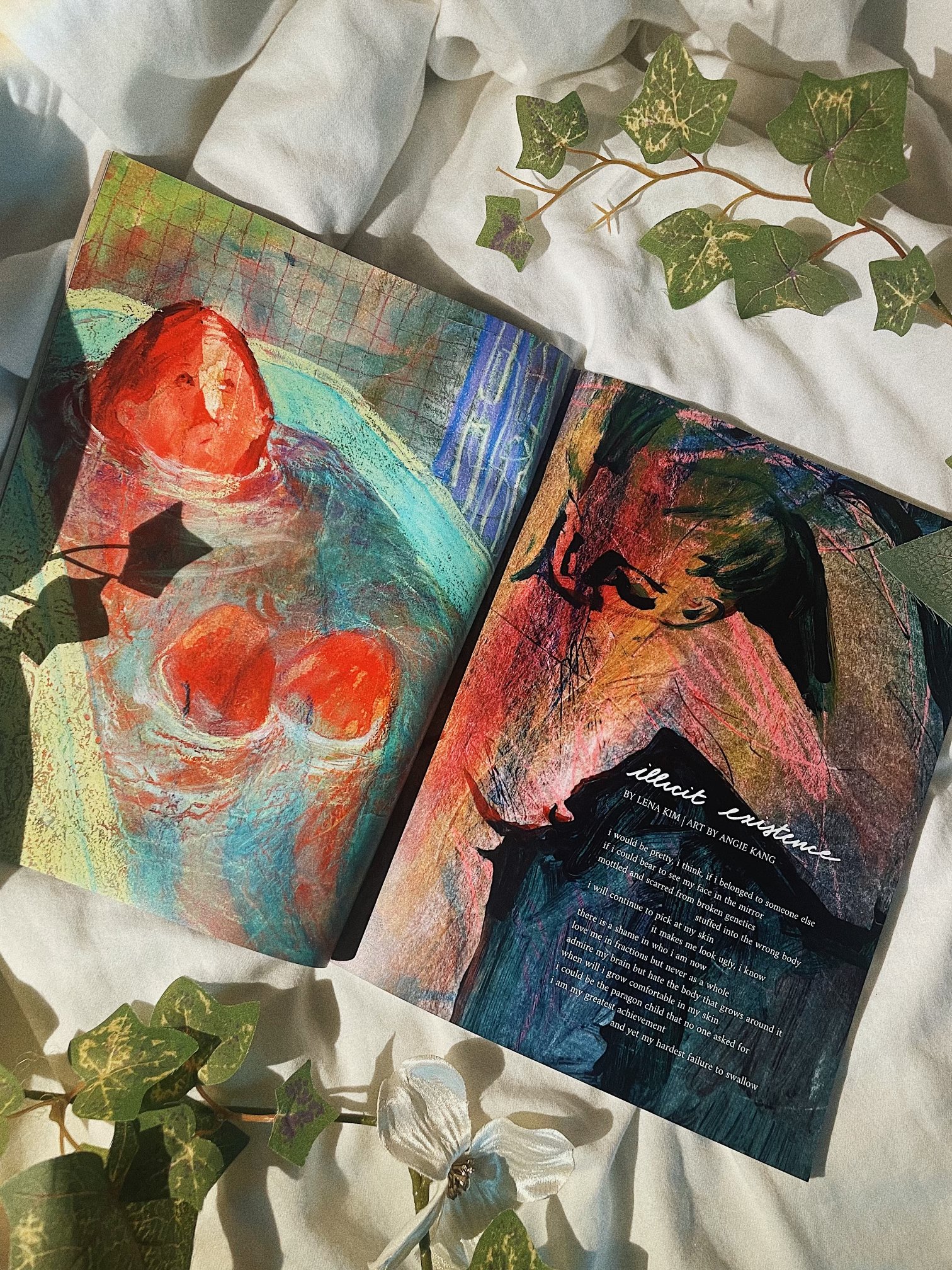

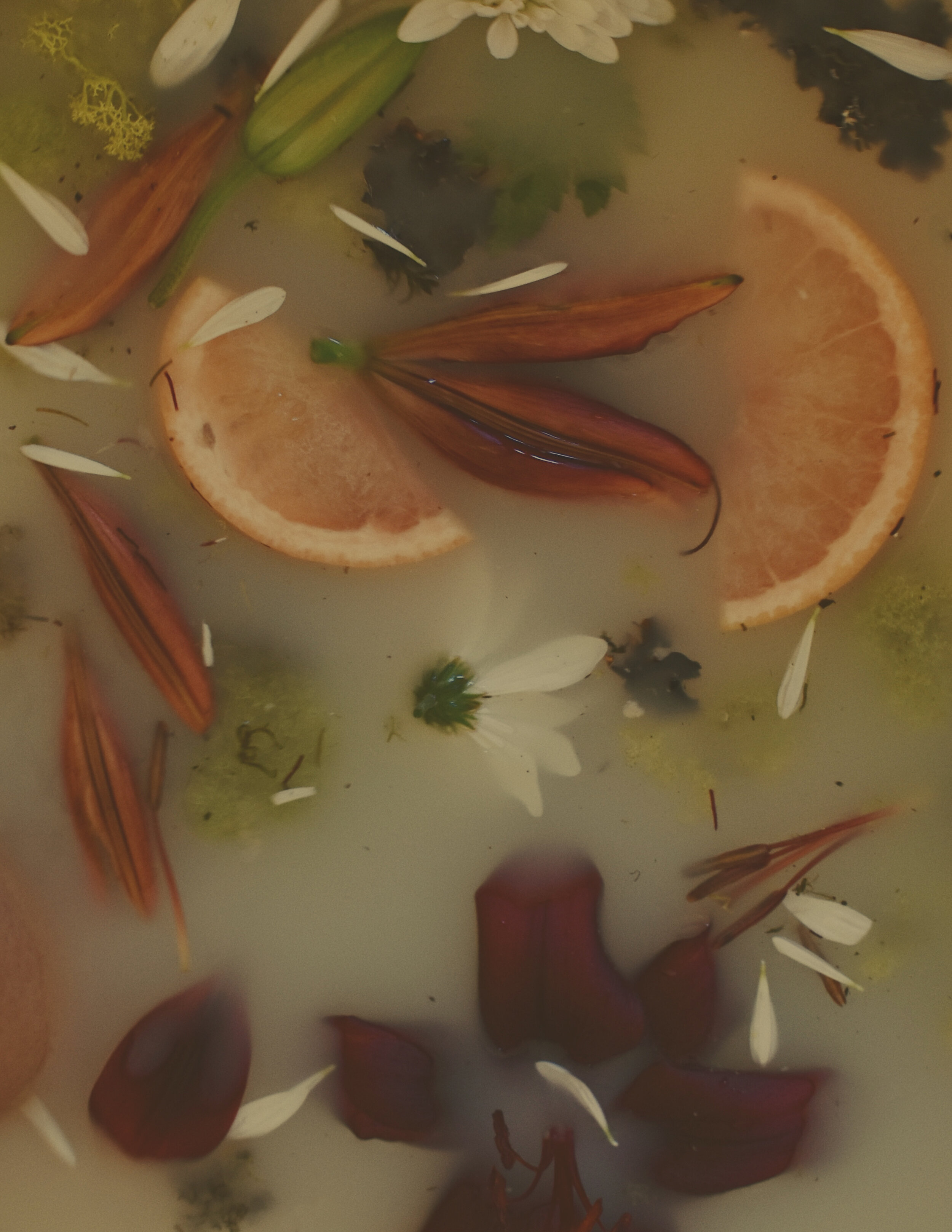
What does it mean to be clean? What does it mean to be dirty?
“Cleanliness is purity. It is porcelain, delicate, and statuesque. It is a house of cards, an antique hand mirror, a square of white lace. The longing to be clean is a cycle that feels nearly impossible to escape. The image of the ‘clean’ femme has been engrained in my mind for years. However, the obsession with cleanliness becomes debilitating, as one realizes that it is an exclusive ideal. I was struck with the realization that matter how ‘clean’ I am, the gaze of the individual facing me will not see past my ‘otherness’-- and never before had I felt so dirty. This is the other half of the cycle: the internalization of shame. One’s body becomes a reminder of their distance from ‘normalcy’, and the ideal feels unreachable. Dirtiness is feeling disposable, believing that your existence is a taboo, the internalization of these beliefs, and sometimes even acting on that internalization-- all while yearning to be clean. A part of growing up is leaving this exhausting cycle, and coming to terms with the beautiful richness of your body and self.”
— Miumi Shipon
In this issue, we seek to explore the pain of shame and internalization, as well as the joy of freeing oneself from that pain, and growing into self-acceptance. What represents cleanliness to you? Have you ever felt dirty? We want to highlight the stories that give the world a look into what you, the artist, have experienced. Don’t hold back. Tell your story.
